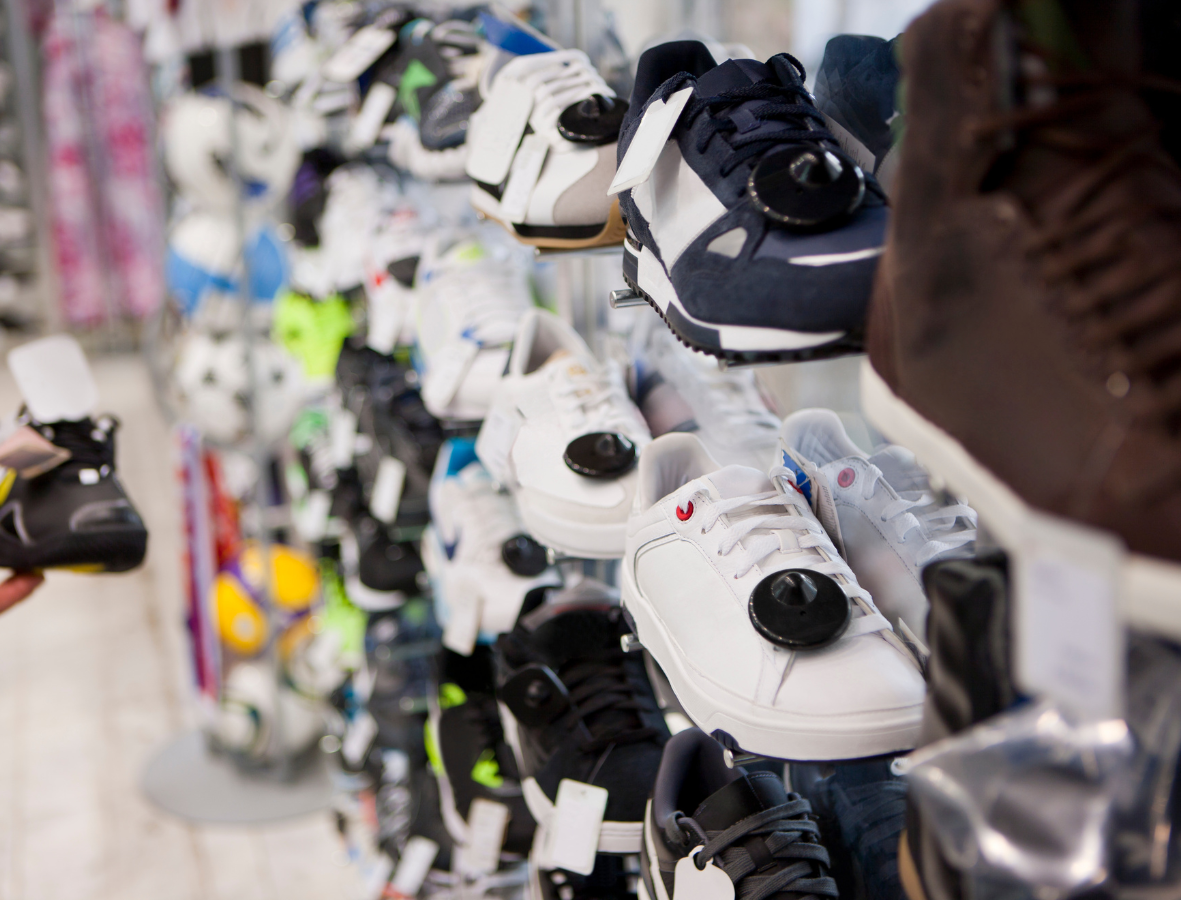Sourcing shoes is one of the most important aspects of running a successful fashion retail business. It shapes your store’s reputation, keeps your customers happy, and directly impacts your bottom line. A great pair of shoes can bring people back to your store again and again, while a poorly sourced collection can send them elsewhere.
For retailers, sourcing goes beyond finding good-looking shoes. It is about finding the right balance of quality, cost, and style to match what your customers want. Of course, it is not always easy. You need to figure out how to choose reliable suppliers, manage costs, and keep your inventory aligned with market trends. Manufacturers like XDS Shoes Factory, top shoe producers in China, have become trusted partners for retailers worldwide due to their focus on quality and consistency.
This article breaks down the essentials of shoe sourcing for fashion retailers. It includes practical tips to help you make smarter decisions and stand out in today’s competitive market.
Understanding Your Target Market
Before you start sourcing, it is important to know your audience inside and out. What kind of shoes do they want? Are they trendsetters looking for the latest styles, or do they value comfort above all else? The better you understand your customers, the easier it will be to choose products that resonate with them.
Demographics like age, gender, and income level matter a lot. Younger shoppers might gravitate toward trendy sneakers or budget-friendly styles, while older customers may prioritize comfort and durability.
Lifestyle trends also play a big role. The rise of athleisure, for instance, has made versatile sneakers a must-have. On the other hand, eco-conscious shoppers might look for shoes made from sustainable materials. Seasonal demands are equally important. Lightweight sandals dominate in summer, while sturdy boots are a winter staple.
When you source shoes that align with your customers’ preferences and needs, you are not just stocking shelves. You are building trust and loyalty. A carefully curated collection keeps your inventory relevant and your customers coming back.
Key Factors to Consider When Sourcing Shoes
Getting your shoe sourcing strategy right can make all the difference. Here are the most important factors to keep in mind:
Quality and Material
Nobody likes shoes that fall apart after a few wears. Durable materials like leather, canvas, and innovative textiles make a big difference in keeping customers happy. High-quality shoes not only look good but also reduce returns and complaints, saving you money in the long run.
Price and Margins
Pricing can be tricky. You want shoes that are affordable enough to attract customers but still leave room for a healthy profit margin. Take the time to compare suppliers and find ones who offer fair prices without cutting corners on quality.
Supplier Reputation
Working with the right suppliers is a game-changer. Reliable suppliers deliver consistent quality and stick to deadlines. Companies like XDS Shoes combine decades of manufacturing expertise with innovative techniques, helping retailers meet both quality and style expectations. To evaluate potential suppliers, read reviews, check certifications, and request product samples.
Sustainability
More and more customers care about where their shoes come from. Sourcing from suppliers who use eco-friendly materials or follow ethical manufacturing practices can give your brand an edge. It also allows your business to align with consumer values.
Keeping these factors in mind while sourcing will help you stock shoes that match your brand’s goals and your customers’ expectations.
Building Strong Relationships with Suppliers
Having strong relationships with your suppliers is not just helpful; it is essential. Good communication is the foundation of any partnership. Be clear about what you need in terms of quality, pricing, and delivery timelines.
Long-term partnerships come with perks. Suppliers are more likely to give better pricing and prioritize your orders if they know you are a reliable customer. You might also get early access to new designs, which helps keep your inventory fresh and aligned with trends.
That said, challenges do come up. Minimum order quantities (MOQs) can be a hurdle for smaller retailers. Do not hesitate to negotiate or explore flexible solutions, like combining orders with other items. Delivery delays are another common issue, but regular check-ins and proactive planning can help avoid disruptions.
Companies like XDS Shoes, known for their commitment to on-time delivery and excellent customer support, have proven how valuable a strong supplier partnership can be. These relationships keep your supply chain running smoothly and prepare your business for long-term success.
Conclusion
Shoe sourcing is a big part of running a successful fashion retail business. When you understand your customers, focus on quality, and build strong supplier relationships, you are setting yourself up to stand out in the market. Every decision, from the materials you choose to the partnerships you form, can directly impact your business’s reputation and profitability.
It is not always simple, but with the right approach, you can make it work. Take the time to research, plan, and explore new opportunities. The sooner you refine your sourcing strategy, the better positioned you will be to handle challenges.
Start today by evaluating your current suppliers, reaching out to new ones, or fine-tuning your inventory. The steps you take now will shape the future of your business and help you succeed in the demanding fashion industry.
Stay in touch to get more news & updates on Vents Fashion!

